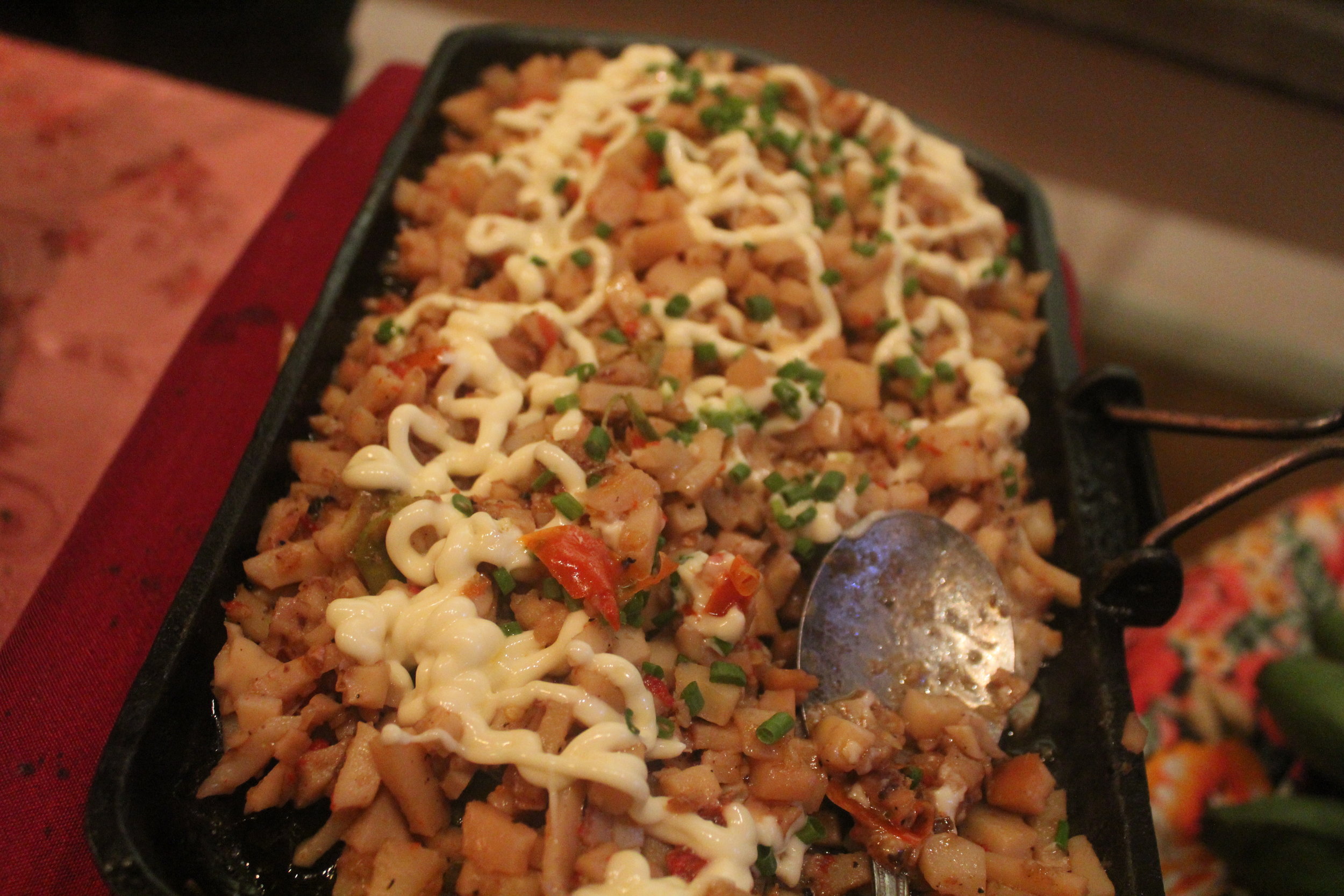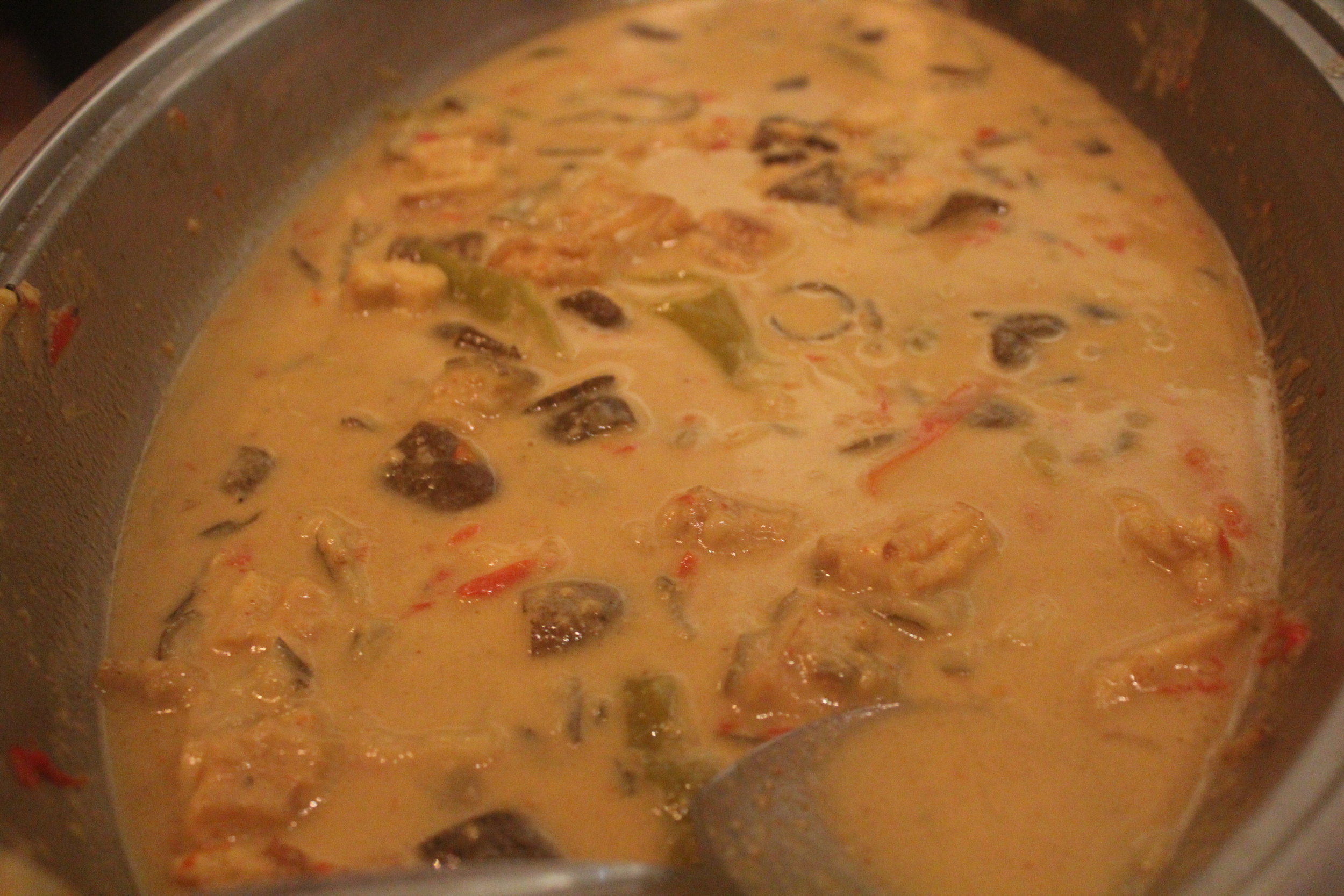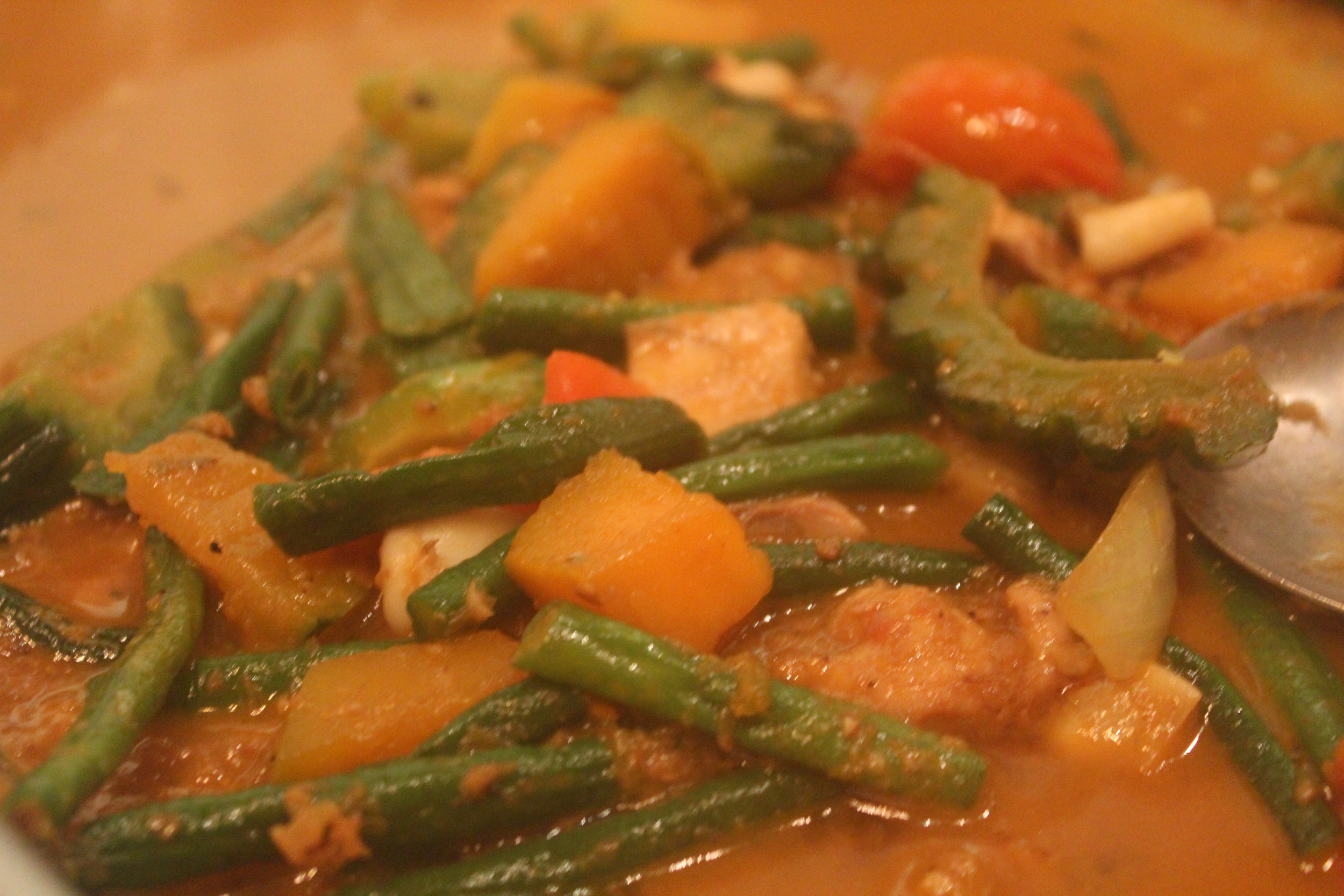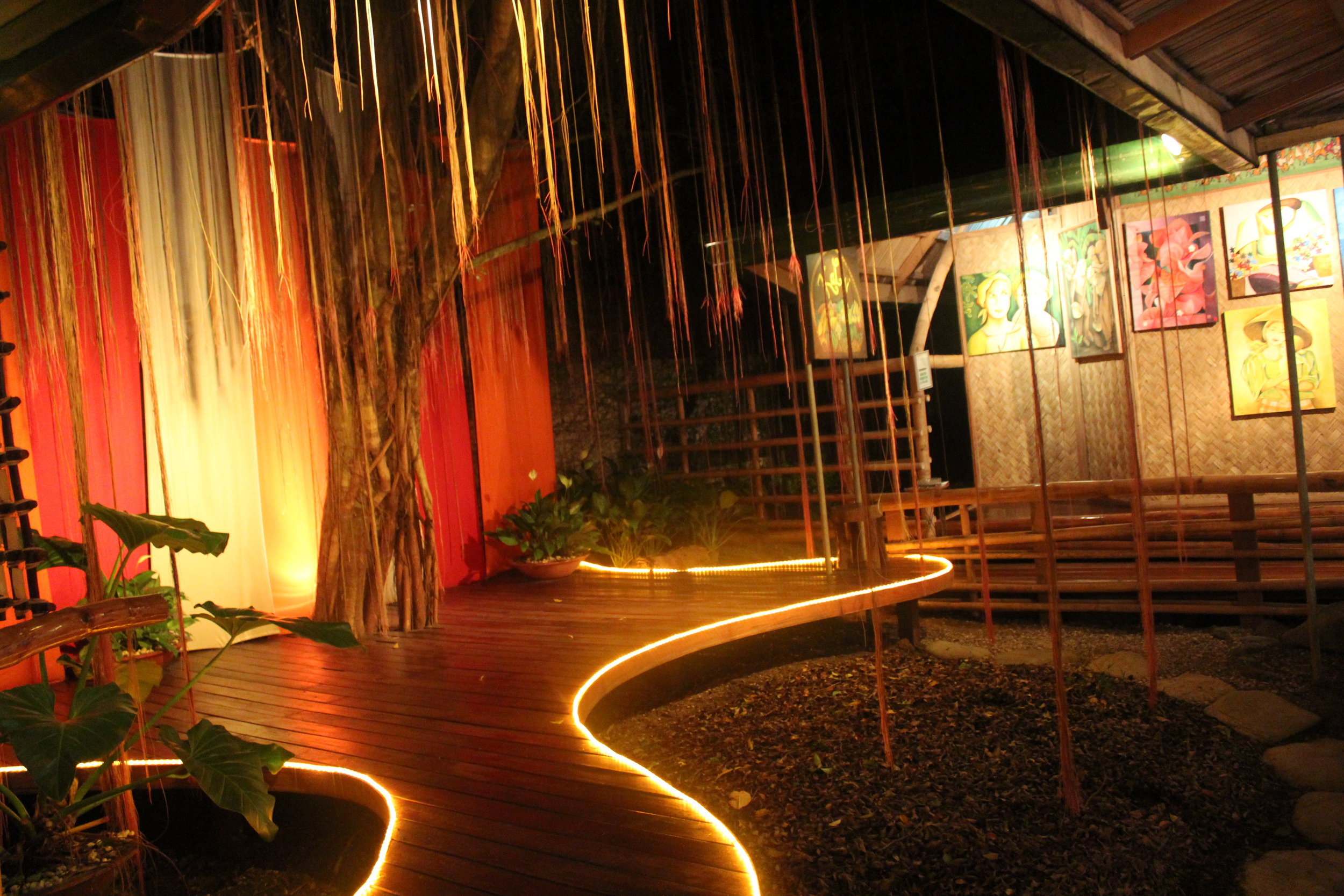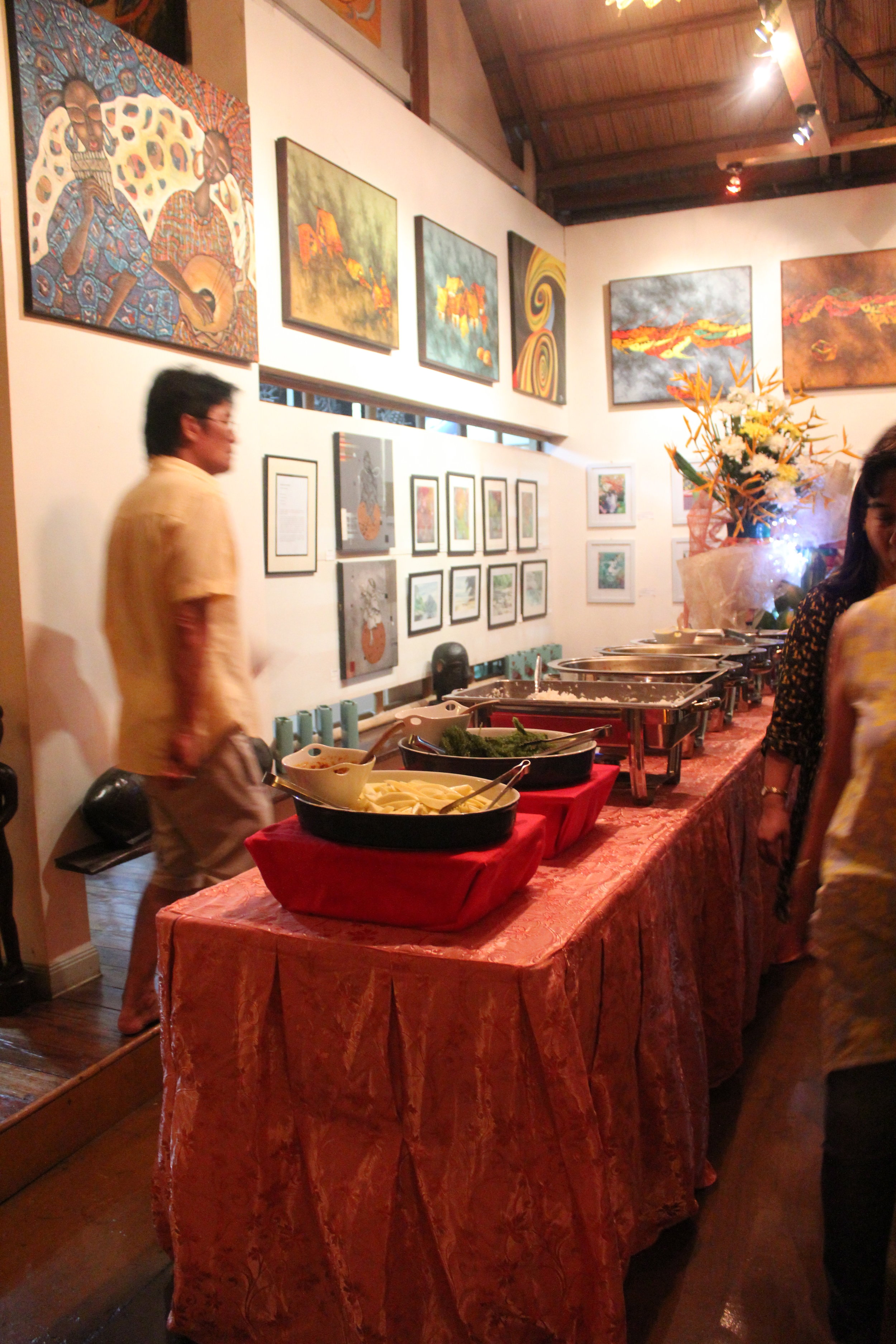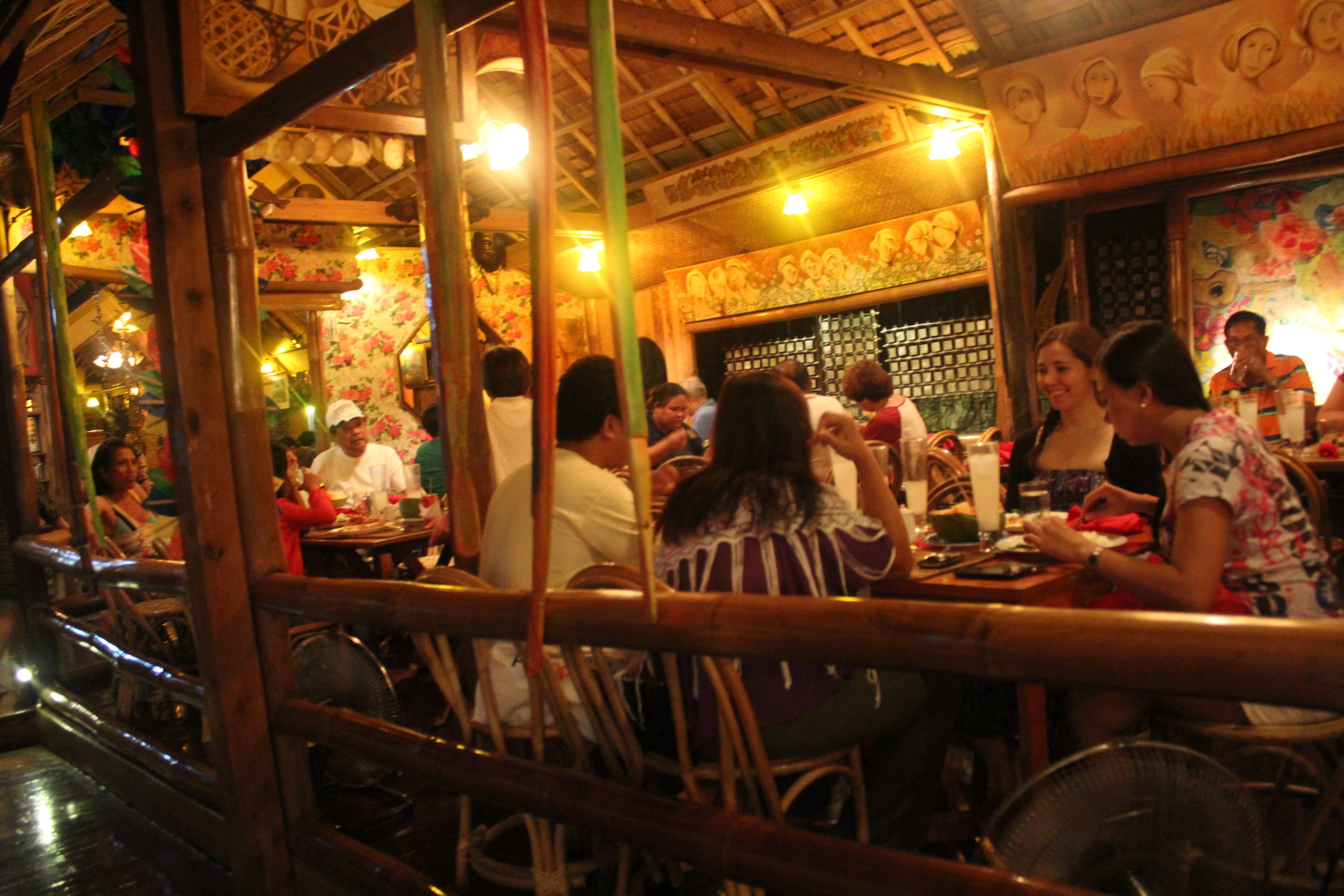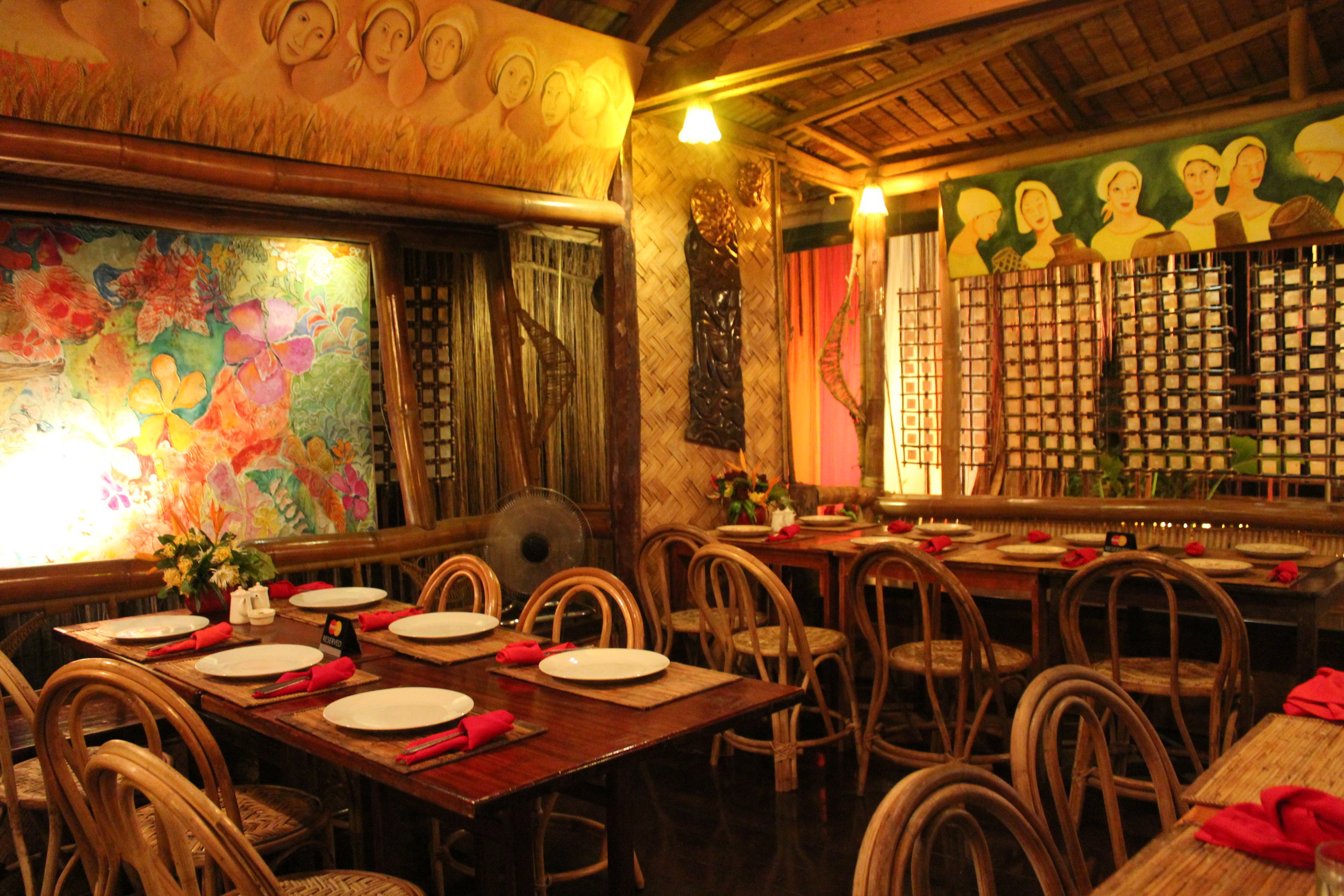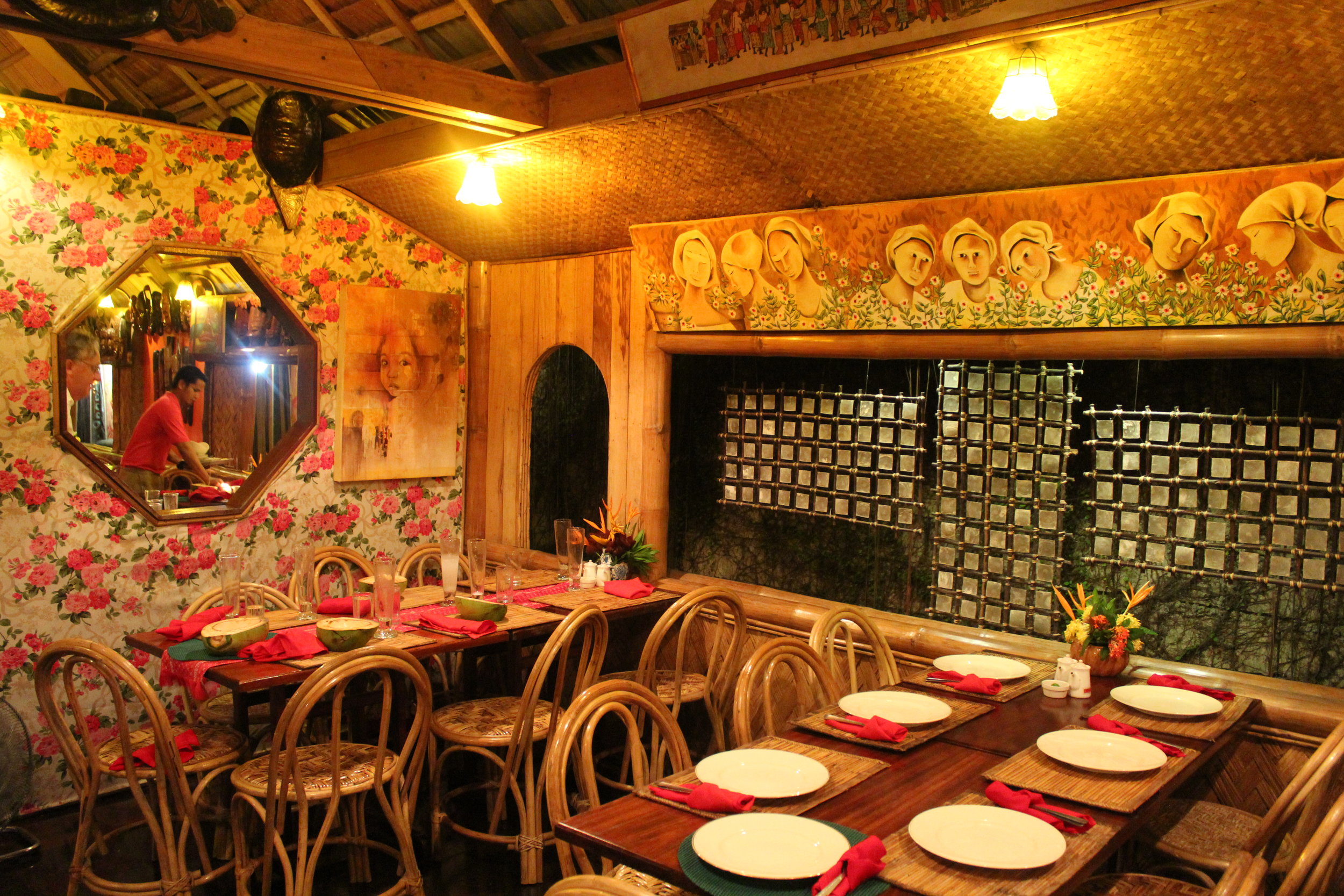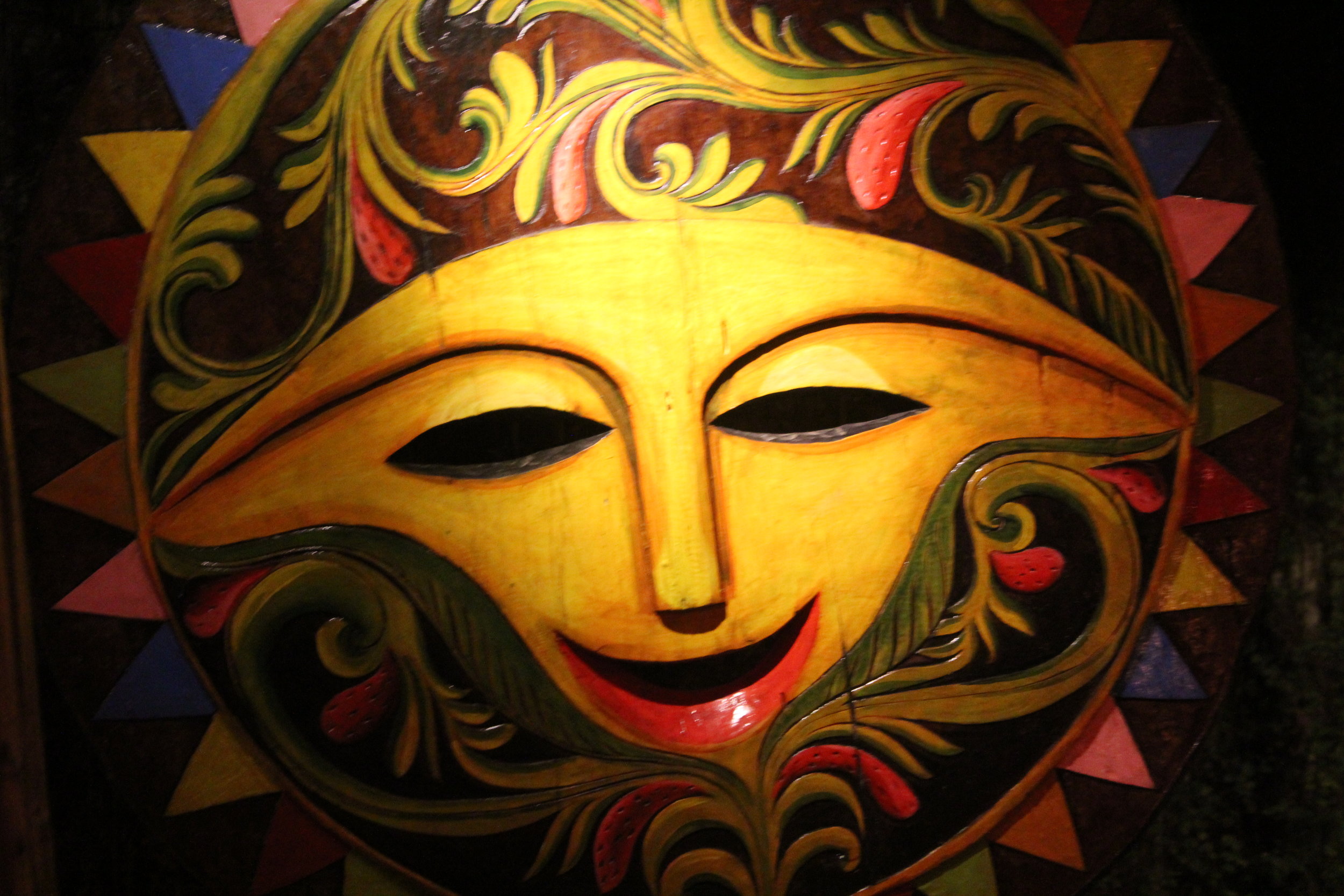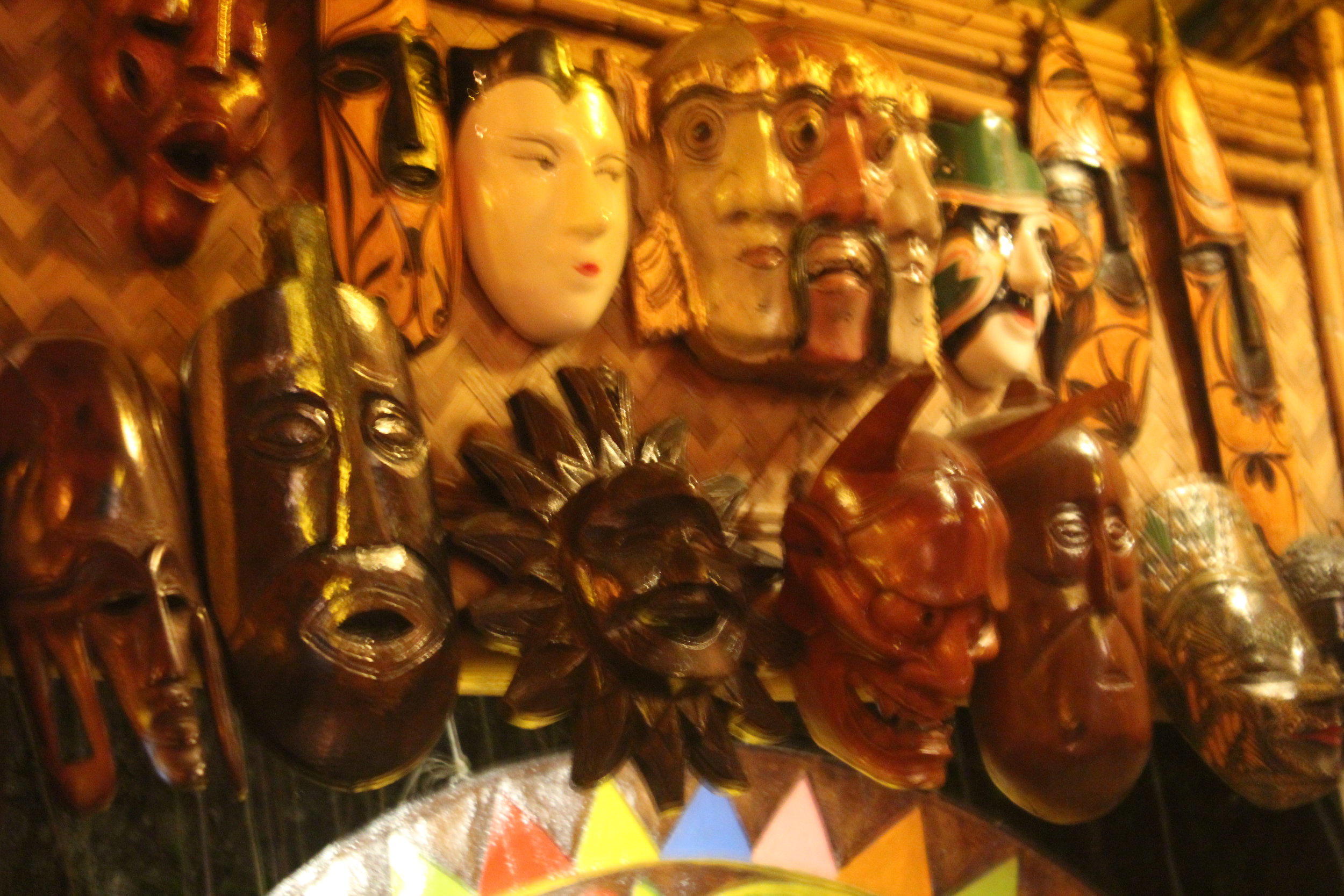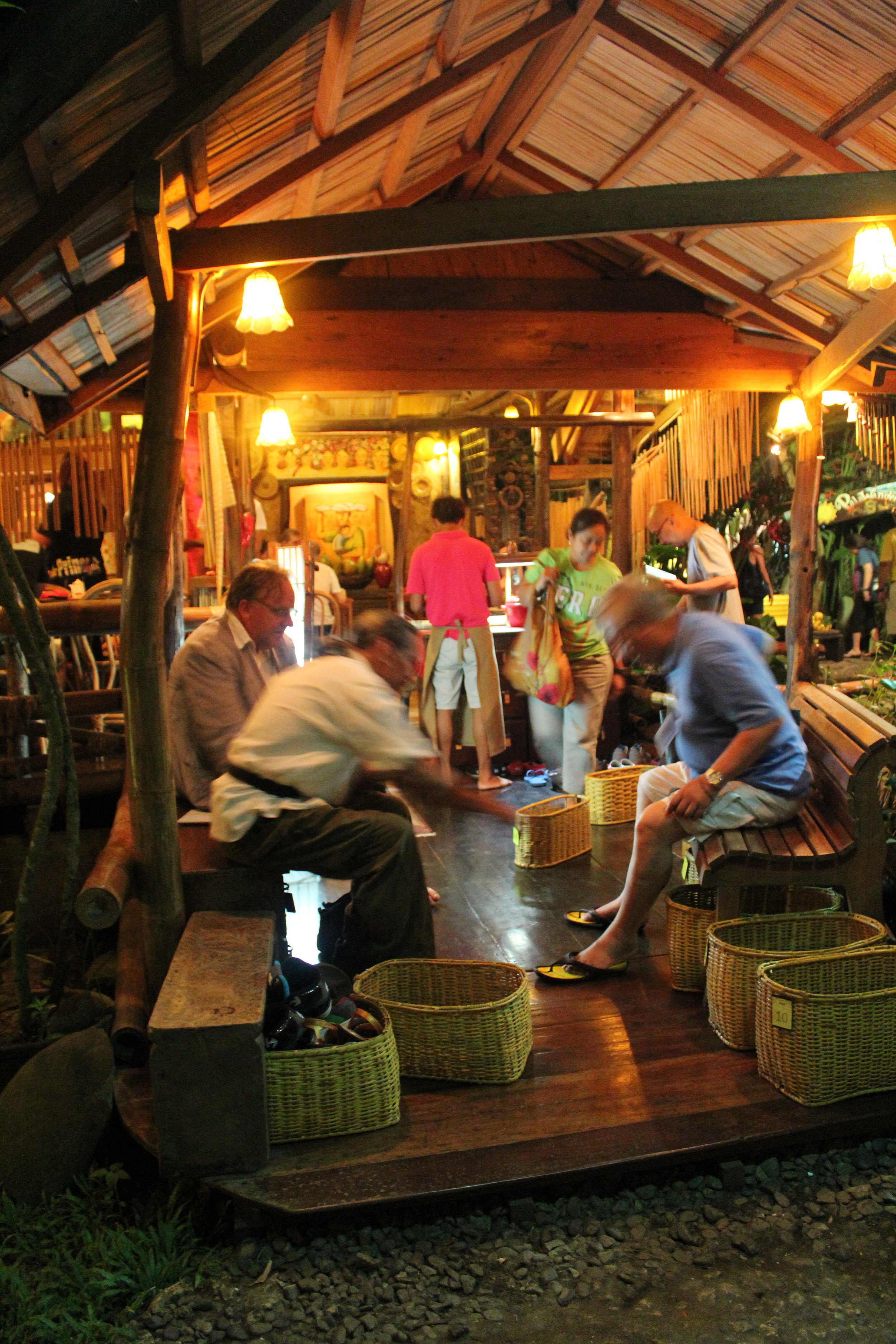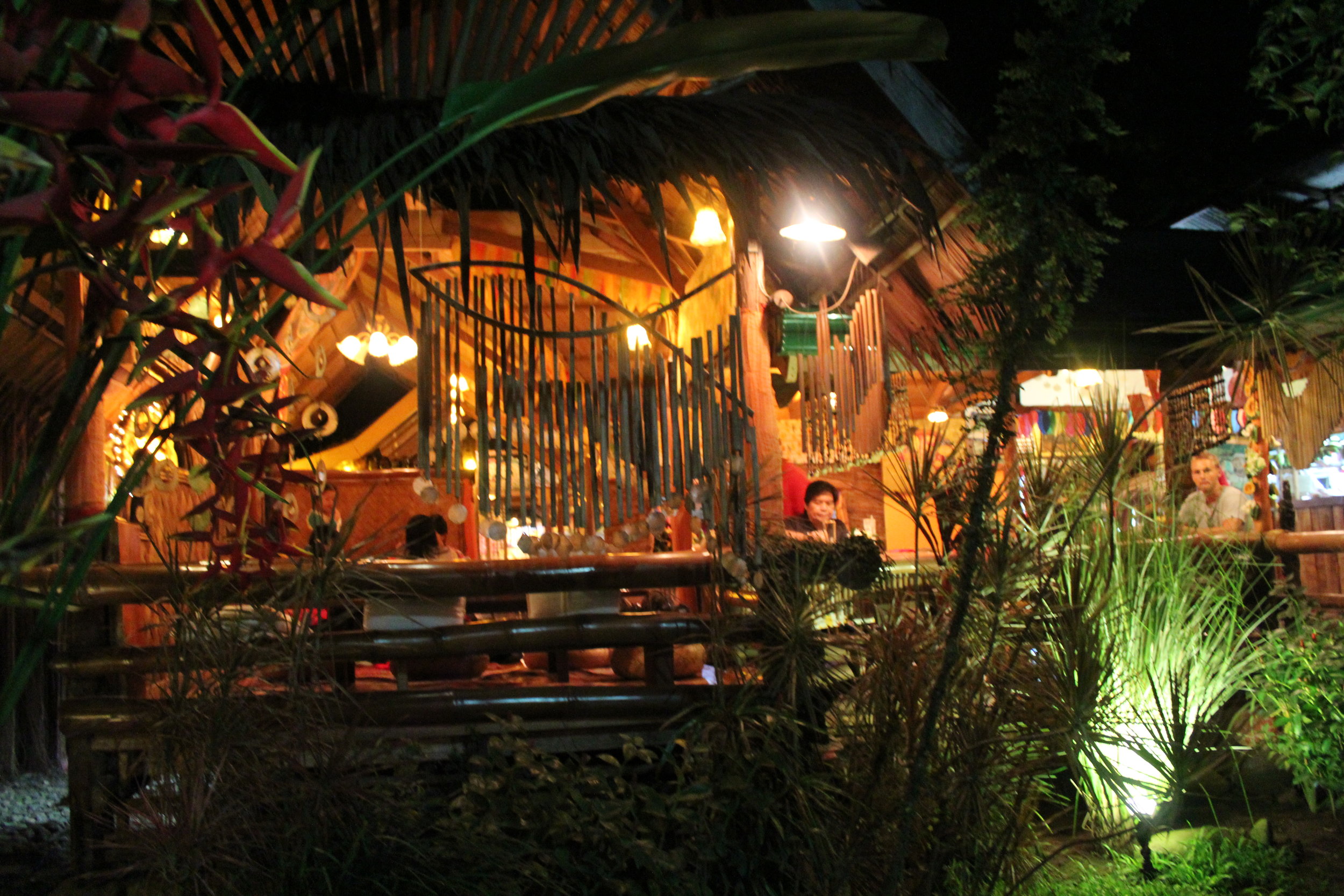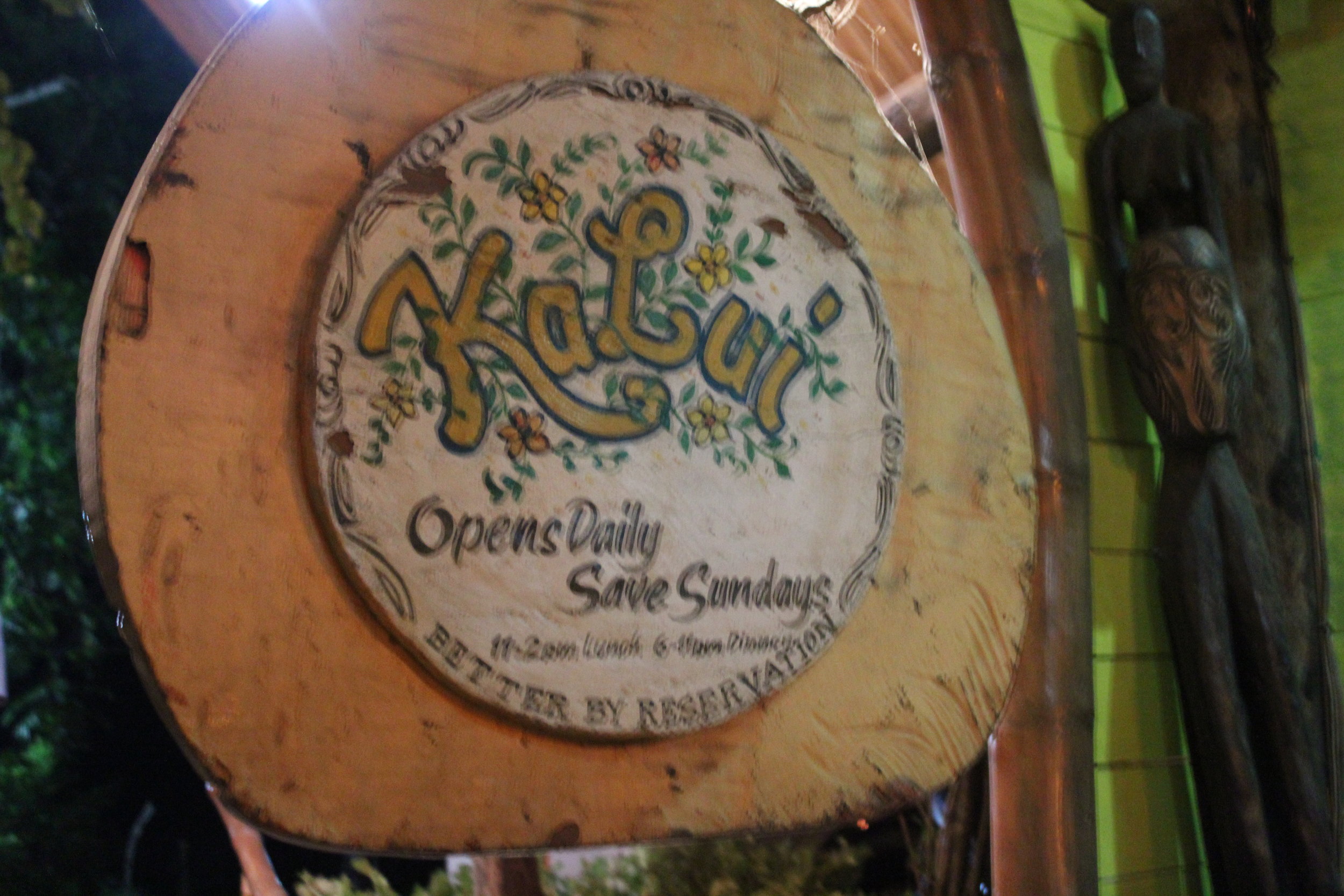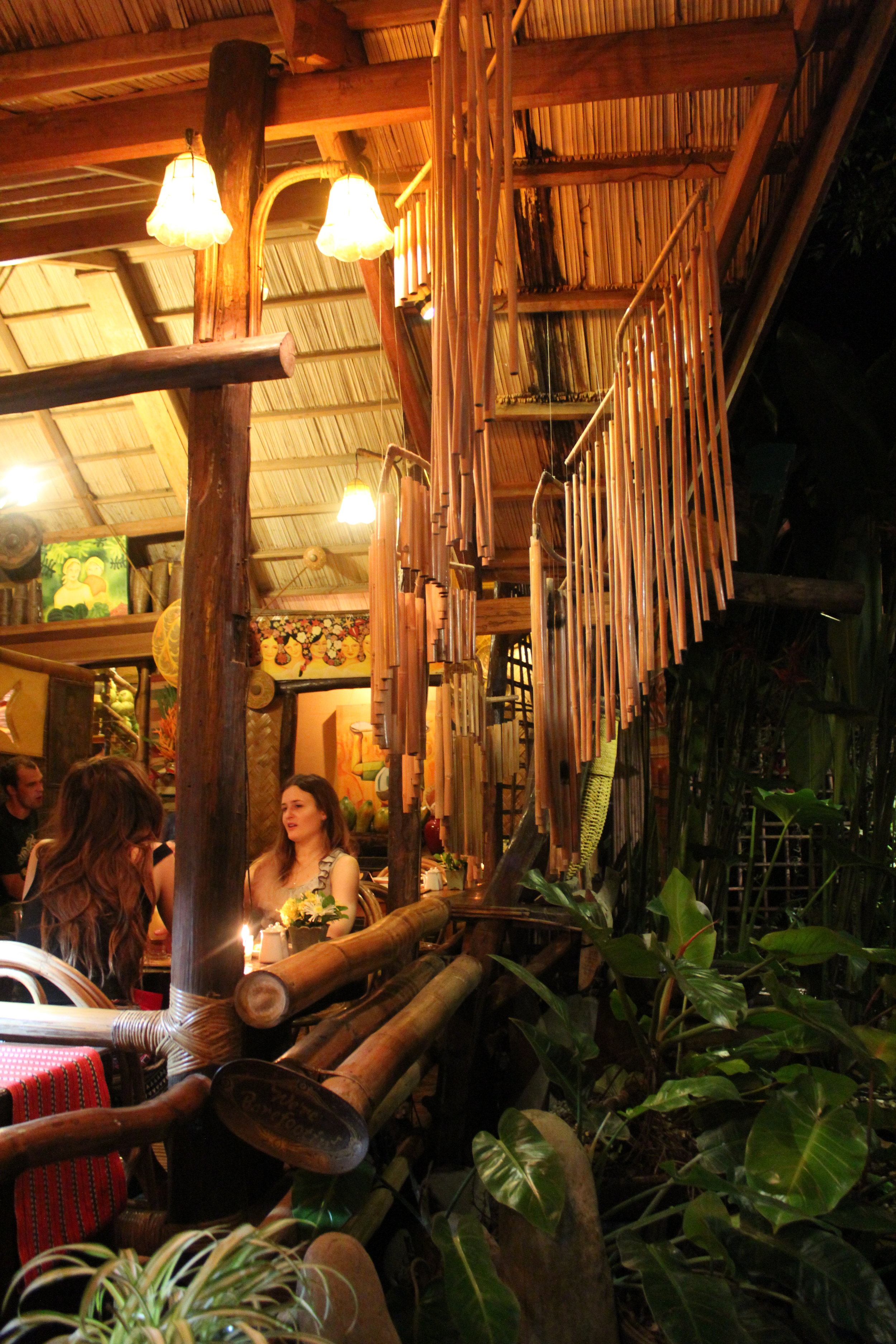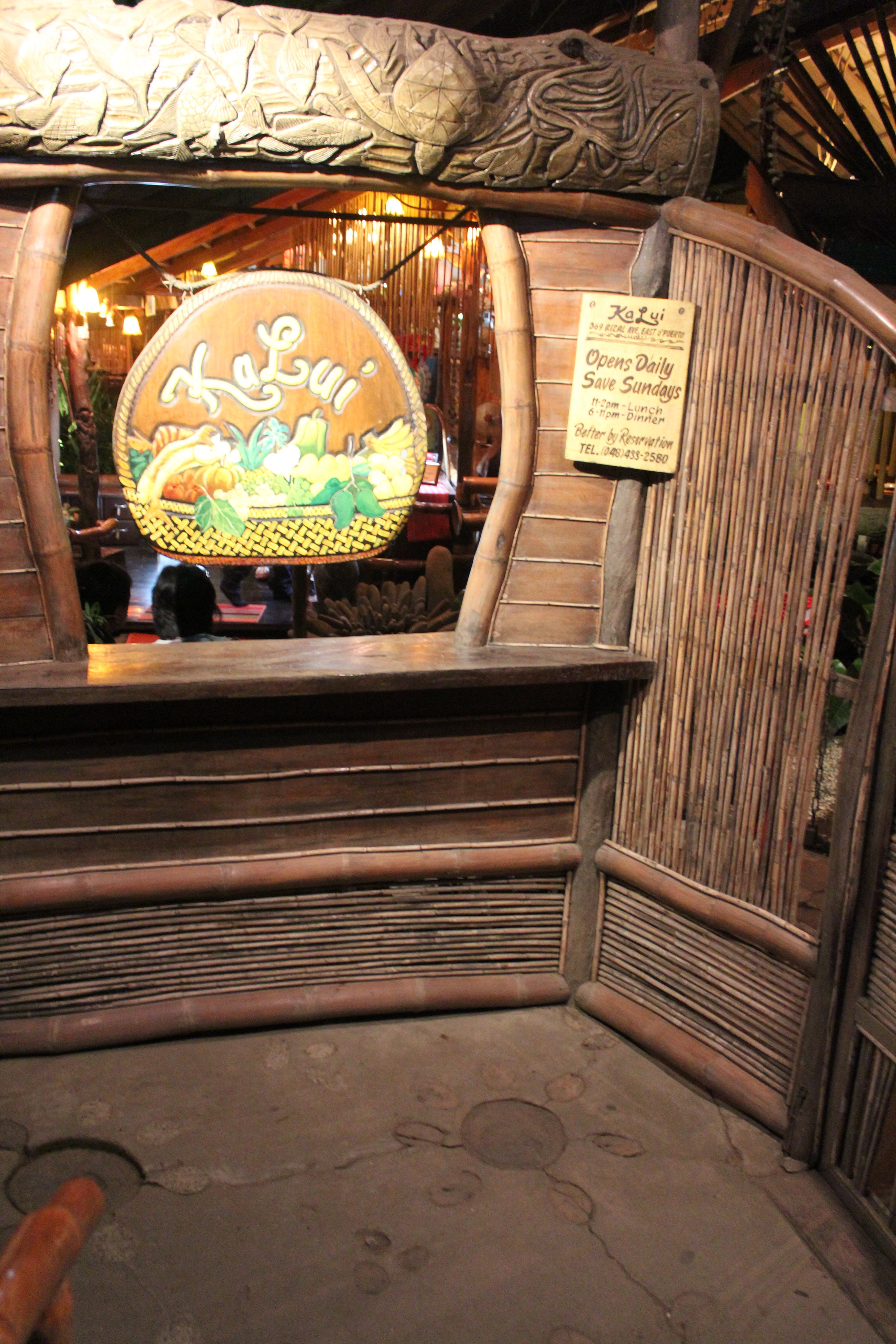Sea grapes, seaweed, green caviar - ar-arosep! [sponsored]
'Susmariosep, naimas ti ar-arosep!! Jesusmaryjoseph, sea grapes are delicious!!
Hey - it rhymes in Ilocano.
My mom particularly likes to eat this seaweed. I realize, as I write this, I get my love of food from her.
What are sea grapes?
For as much gusto and delight my mother ate this arosep or raw sea grapes, I avoided it. Finicky nature of a kid's palate, I guess, or just a strong contrarian. The mistakes of youth, tsk tsk.
Sea grapes are crunchy yet supple and bursting with brine, a touch of the mucilage akin to okra. They're served slightly cooler than room temperature. When bathed in a bit of vinegar with some slices of tomato, sea grapes are the perfect hot weather appetizer that can make one forget all about the other courses.
KaLui Restaurant, Puerto Princesa, Palawan
I finally tried some sea grapes this past trip to the Philippines, in Palawan, at this wonderful, reservations-best restaurant, KaLui. The buffet dinner -- arosep or sea grapes, squid sisig (minced meat usually made with pork face, ears and brain), eel coconut curry, pinakbet (Ilocano vegetable) -- upended convention of buffets as quantity over quality. It was definitely quantity AND quality. I know, you likely don't believe me, but you should go there and find out.
From the floral wallpaper, the mandatory shoe check, the optional floor seating on banig (woven floor mat) or floor cushion, the warm tones of wood and local artistry around, KaLui is the true definition of hospitality.
KaLui Restaurant is located at 369 Rizal Avenue, Puerto Princesa City in Palawan. They are open everyday except Sundays. Lunch is served from 11 AM to 2 PM. Dinner hours are from 6:00 PM to 10:30 PM. Patrons may place reservations with KaLui via their landline (048) 433 2580 or on their mobile +63 928 753 9621 or by email at online@kaluirestaurant.com.
Allow me to turn to a more somber subject.
Seaweed sustained Filipinos during World War II
As I mentioned in an earlier post, during the War, occupying Japanese forces did not allow many Filipinos to farm their own land, taking away their livestock and forcing them to forage for their food. Sea grapes, which are naturally bountiful in the northern seasides of the country, sustained many Ilocanos during World War II.
Who are the Ilocanos? Briefly, they are the people of the northern Philippines. The Ilocos provinces are Ilocos Norte, Ilocos Sur, La Union and Abra. The Ilocos region is bounded on the east by the Cordillera Mountains and the China Sea on the west. They're also my people. Both sides of my family are ilocano.
The strip of land for agriculture in the Ilocos region is very narrow compared to other regions of the north like Bicol, Pangasinan (known as the breadbasket of the Philippines) and Central Luzon. Therefore the Ilocanos extract from the sea most of their protein: fish, shrimp, langoustines, alamang or crab, squids, octupus, cuttlefish, oysters, mussels, and other invertebrates like sea urchins, sea cucumber and jelly fishes and seaweeds that are eaten raw.
A source who wishes to remain anonymous told me, "Ar-arusip was known and eaten by the Ilocanos way back before it was cultured in other places in the Philippines. Everything about Ilocanos seem to be 'downplayed' ever since the fall of Marcos. The Ilocanos will prevail."
***
Posts in this series are sponsored by the Philippines’ Department of Tourism (DOT). The 2013 Ambassadors’ Tour was in July 2013, and the Philippines’ DOT underwrote my participation.
Related Reads:
- The Philippines maintains its sovreignty over its territorial waters, despite encroachment by China and territorial claims made in the Spratly Islands in the West Philippine Sea. "A Game of Shark and Minnow" is a longread online feature article by Jeff Himmelman for the New York Times Magazine, October 27, 2013.
- Searching for seagrape seaweed in Indian waters: a nun-scientist’s tale of passion and perseverance (poseidonsciences.scienceblog.com)
- And for some food porn Pinoy-style, here's the Pinoy Pinterest, Pingram, with all pics tagged 'arosep'
- Seaweed recipe and preparation, from Alaminos City, Philippines

